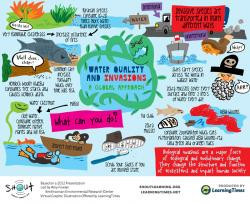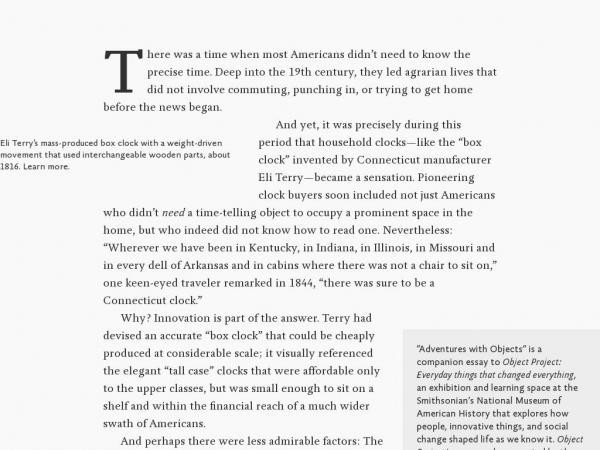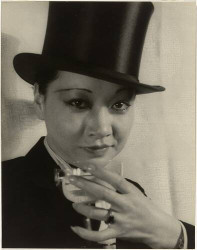Ashley Naranjo
Ashley Naranjo, M.Ed. is a museum educator, specializing in the use of digital resources for teaching and learning. She currently manages distance learning initiatives and education partnerships for the Smithsonian. Portfolio highlights have included: the Smithsonian Quests digital badging program, Smithsonian Online Education Conferences, Smithsonian Learning Lab nationwide teacher professional development, Teachers of the Year programming at the Smithsonian, “Explore with Smithsonian Experts” video series, and Smithsonian print publication guides.
Before coming to the Smithsonian, she has had experiences in education in both formal and informal learning spaces: as an ESOL instructor for adults, a middle school teacher in the humanities and a summer programs administrator. She holds a B.A. in Human Development (Developmental Psychology) from the Lynch School of Education at Boston College, where she was a research assistant and independent study student in the Laboratory of Thinking, Learning & Cognition in the Arts. She completed a M.Ed. in Learning Design and Technology from the Rossier School of Education at the University of Southern California, with a thesis entitled, “Using Digital Museum Resources in the Classroom”. She is a 2019 graduate of the Getty Leadership Institute’s NextGen of Museum Leaders program.
Ashley Naranjo's collections
American Indian Responses to Environmental Challenges
 Ashley Naranjo
Ashley Naranjo
What Makes You Say That?: Interpretation with Justification Routine with a Historical Photograph
 Ashley Naranjo
Ashley Naranjo
Student Activity: Clean Water Act Conservation Campaigner
 Ashley Naranjo
Ashley Naranjo
The Brown Sisters: Forty Years in Forty Portraits
 Ashley Naranjo
Ashley Naranjo
Objects that Changed the Way We Live
 Ashley Naranjo
Ashley Naranjo
Student Activity: Curious Curator
 Ashley Naranjo
Ashley Naranjo
Aral Sea: Exploring Change Over Time with Satellite Imagery
 Ashley Naranjo
Ashley Naranjo
Asian Pacific Americans in the Performing Arts
 Ashley Naranjo
Ashley Naranjo
World War II Homefront Posters
 Ashley Naranjo
Ashley Naranjo
Practice Telling Time
 Ashley Naranjo
Ashley Naranjo
National Letter Writing Day- December 7
 Ashley Naranjo
Ashley Naranjo
Water-Related Hazards: Flooding
 Ashley Naranjo
Ashley Naranjo












